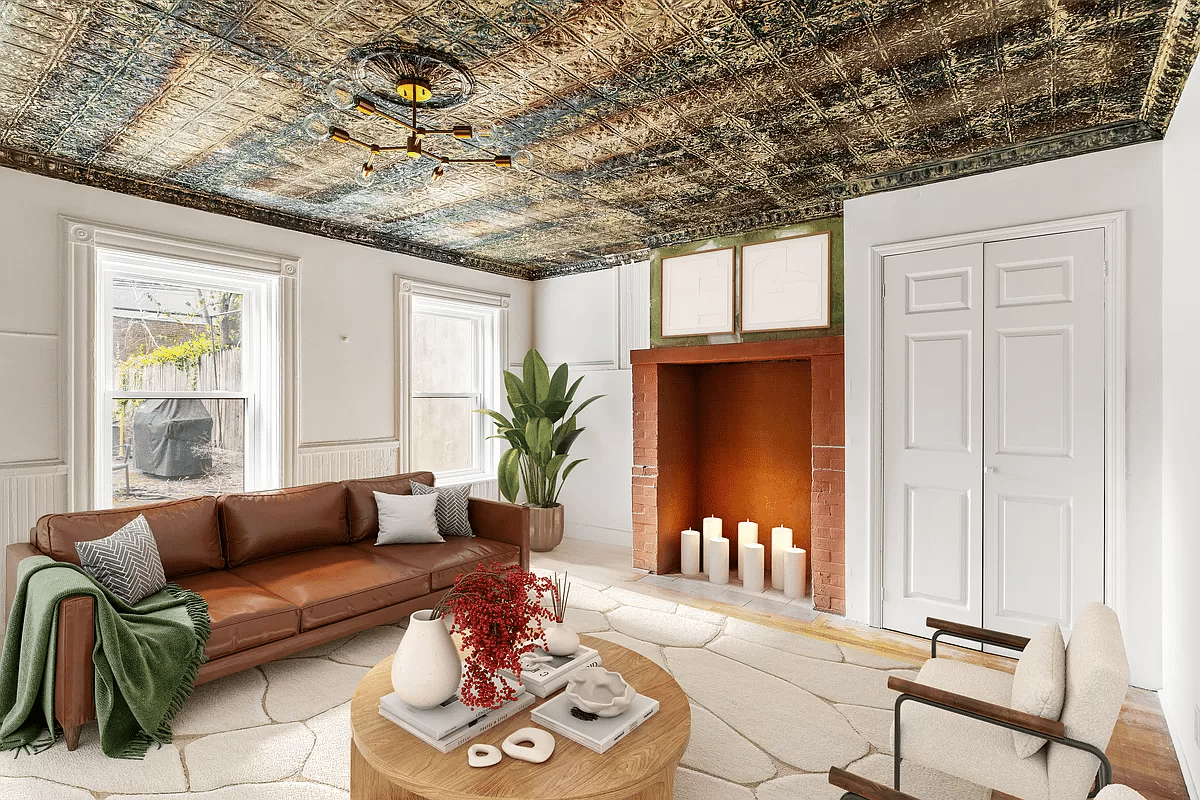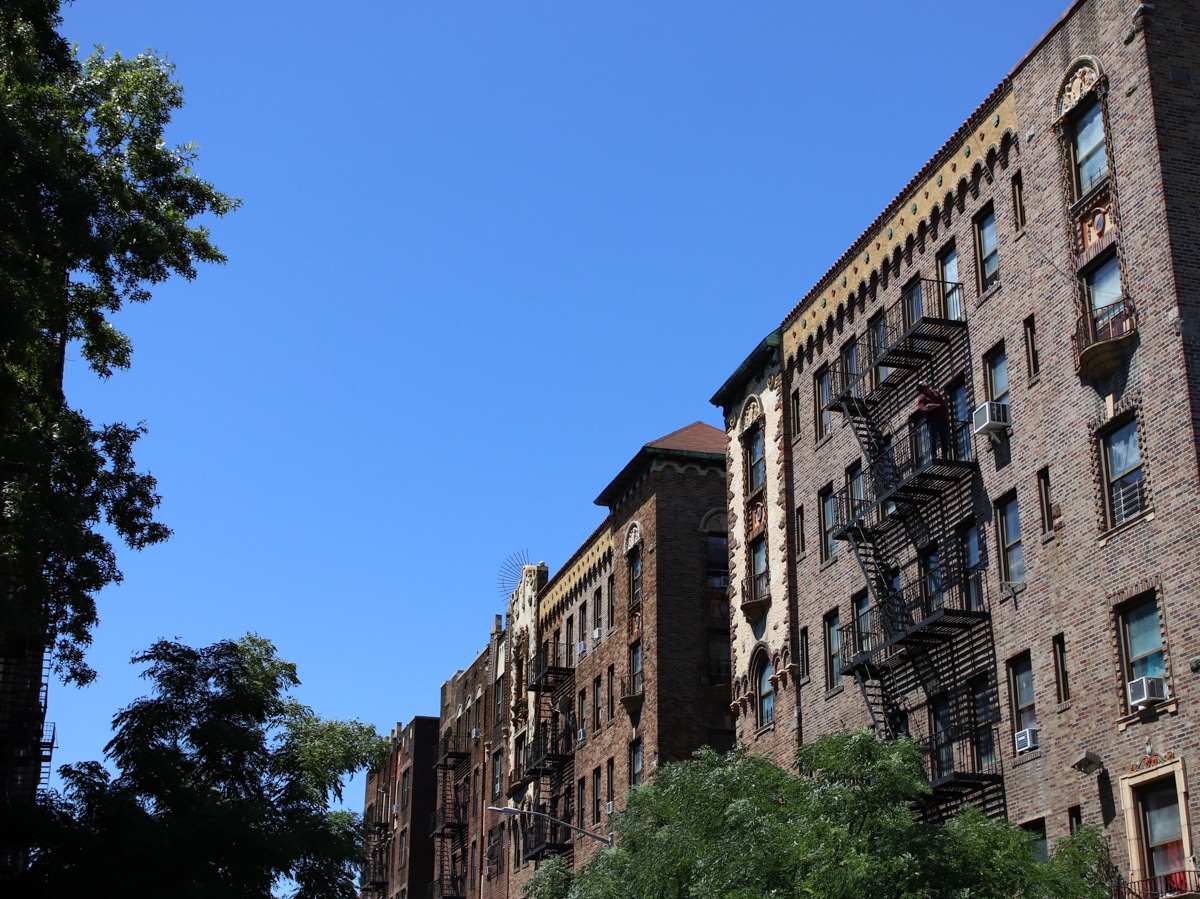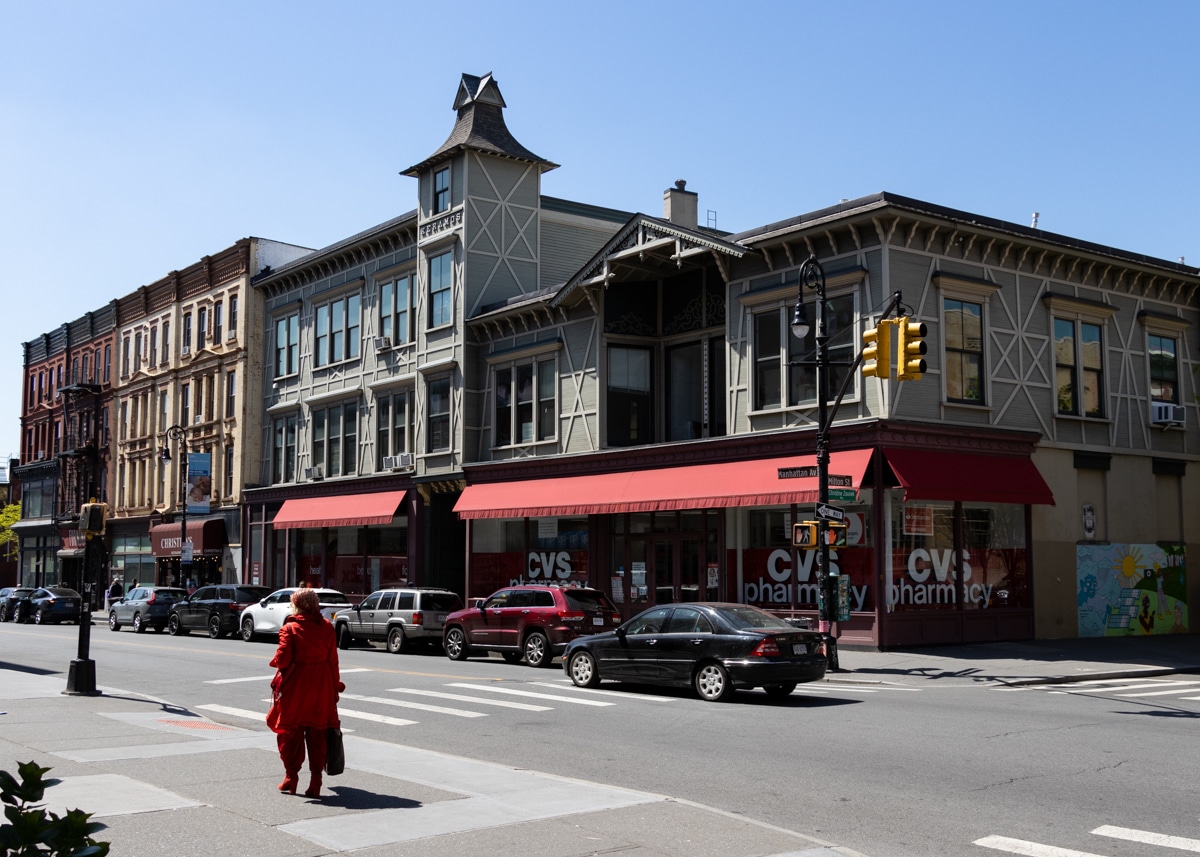Building of the Day: 55 Seventh Avenue
Brooklyn, one building at a time. Name: Originally residential, then commercial/residential building Address: 55 Seventh Avenue Cross Streets: St. Johns and Lincoln Places Neighborhood: Park Slope Year Built: probably 1870’s Architectural Style: Second Empire Architect: Unknown Landmarked: Yes, part of Park Slope HD (1973) The story: One of the lesser told stories in Brooklyn’s development…

Brooklyn, one building at a time.
Name: Originally residential, then commercial/residential building
Address: 55 Seventh Avenue
Cross Streets: St. Johns and Lincoln Places
Neighborhood: Park Slope
Year Built: probably 1870’s
Architectural Style: Second Empire
Architect: Unknown
Landmarked: Yes, part of Park Slope HD (1973)
The story: One of the lesser told stories in Brooklyn’s development over the last 200 years, is a chronicling of adaptive reuse. The eminent New York City architectural historian, Andrew Dolkart, recently wrote a book called The Rowhouse Reborn, where he shows how rowhouse owners in the years just before World War I, transformed parts of neighborhoods like Greenwich Village and Gramercy Park into artistic renditions of European neighborhoods. They removed stoops, details, and historic architectural detail, substituting those elements with Mediterranean tile, stucco, shutters and Spanish balconies and railings. The result was, in this case, a renaissance for the neighborhoods concerned.
Of course, neither Professor Dolkart, nor I, for that matter, thinks this is always a good thing. We all know what botched and inappropriate alterations can do for a building, and the block it lies on. I find rows of brownstones with no stoops and stripped facades terribly sad, like seeing a dowager without her furs. Yet, for good reasons, or not so good reasons, buildings get altered all the time. Especially buildings on mixed commercial/residential streets like Seventh Avenue in Park Slope.
This group of houses was built to house well-to-do merchants, some of whom had shops nearby. They are a handsome group of five story Second Empire homes, basically classic Italianates with an extra story “hat”. Some of them have well-preserved pedimented entryways, with brownstone columns, as well as sturdy stoops and substantial window ledges and hoods. Census records show one of these houses was owned by a wealthy diamond merchant. As Seventh Avenue grew more commercial, some of these houses began to lose their details, and the two closest to Lincoln Place had front additions added to incorporate shops and businesses.
This house gained a two story addition which housed a neo-Gothic style funeral establishment. The addition is very well done, with Gothic details in the shapes of the windows, the limestone ornamental details and the beautiful second story stained glass window. I was not able to date this addition, so if anyone knows when it was done, please educate me.
The addition itself is really well done, but is a jarring contrast to the rest of the row, and even to the top part of the building. This now co-op building is an anomaly, an architectural amalgam of styles that makes you go “what the…” when you come upon it, and as such, I like it for stirring the imagination as to its former use. Like the Mediterranean festooned brownstones of the West Village, it represents adaptive reuse – a noble pursuit for our historic buildings, at the same time, a blow to my generally purist heart. GMAP












yes, I do.
obviously the Commission would not approve a gothic revival addition to a brownstone like this one. That is a change that had its place in time and as such is a marker for that period. But they do approve many many additions and modifications and of course, new buildings that continue the process of evolution in the historic districts. The local chapter of the AIA had an exhibit last year showcasing new buildings within historic districts. That exhibit did not include additions -some of which are quite interesting and visible. For example, the addition approved for the Whitney Museum or the ones at the Morgan Library or the Jewish Museum. Look at the addition to the Hearst Building designed by Norman Foster, it is much larger than the old building. I can see quite a few jazzy new additions to the rear of rowhouses from the roof of my historic district building, although they are not apparent from the street.
Change happens. It is controlled, but it can be quite dramatic and like this little gothic add-on they will be markers of a point in time.
Uh, just exactly why could a Gothic revival design (itself a simulacrum of a medieval building) be “a marker for that period” in the 1840s and “a marker for that period” in the 1920s but not “a marker for its period” in the 2010s? Just to riff off of Steve Semes?
Christopher
PS Frederick H. Klie! Wow! Now here is somebody who knows something!
Those are additions – not “changes.” c
that is a funny distinction. the changes to old buildings that occur most frequently in historic districts are restorations; the rebuilding of a long-vanished stoop and entry, the re-introduction of details on a facade that had been stripped, that sort of thing, the type of changes that I suspect you do not approve of.
Hey, Mr. Nom de Flume, no need to suspect me. Just ask.
Now, your statement “Change happens” is in accordance with the Preservation Mantra that Landmark designation does not freeze areas. Well, it does. To wit, there can be no more neo-Gothic funeral home appliques. Just not going to be allowed (at least under Preservation-Think heretofore.) I didn’t say I liked or didn’t like it.
I agree completely that LPC allows alterations to historic districts. But they are additions, not changes to the historic facade. And a stoop restoration is hardly a “change” in the sense of Mr. Funeral Home. Tell me, my Rt. Hon. Friend, what will HDC say to someone proposing a two-story neo-Gothic front to a brownstone, even a stripped brownstone? Simeon is going to be harsh.
Did I mention I am going to have my skeleton flensed and give it to my high school?
Christopher
PS I am not a big fan of repro-Gothic, but that one is pretty damned good. Kind of disappointing that Her Honor is not going to go the extra mile and figure out the architect and client.
Funny you should mention that. Ayen Funeral Chapel occupied late 1920s and 1930s. Not reported in Times prior to 1926. So presumably mid-1920s. George J. Ayen, undertaker.
“Nothing is forever and changes continue to occur in and out of historic districts.”
Minard, a question is, would changes like this much-praised ones occur in historic districts? I think not.
Christopher
Ah snarky- I want to buy a gothic cathedral for my next house. Gothic is a real passion of mine. I knew I loved you with good reason 🙂
This addition was so well done, too. Looks like they spared no expense.